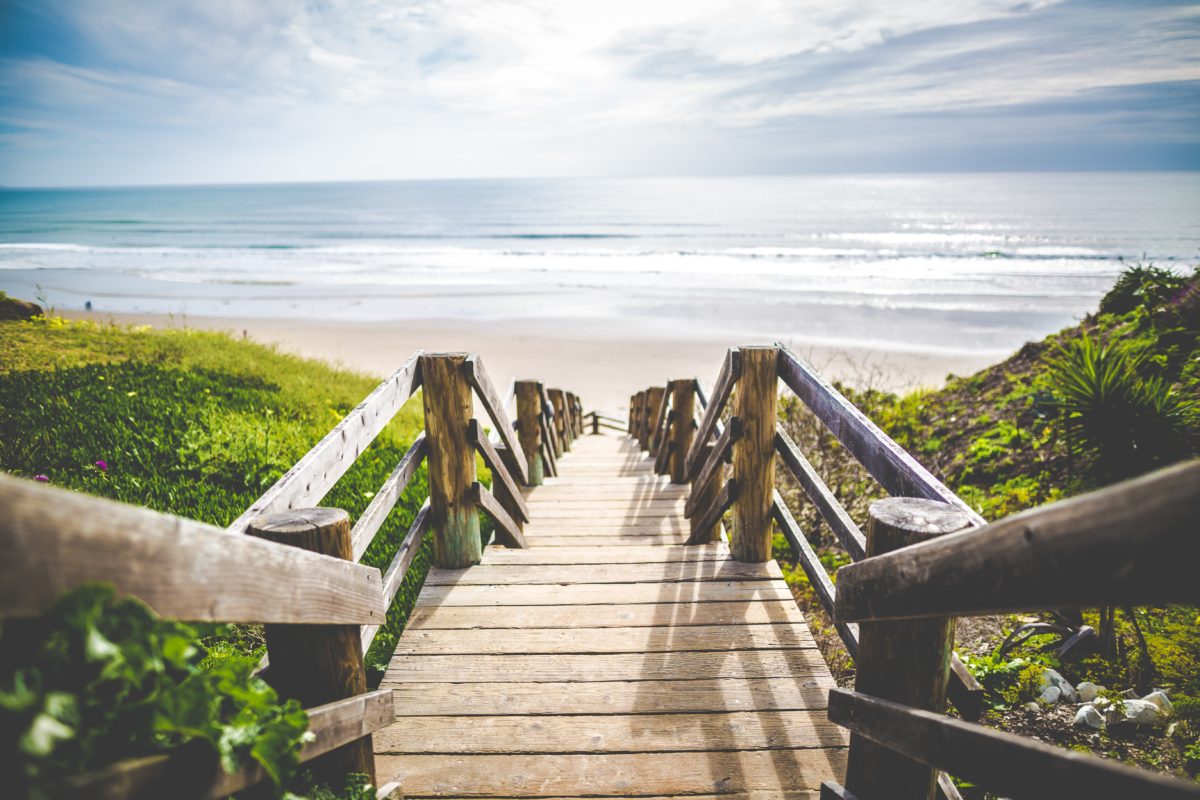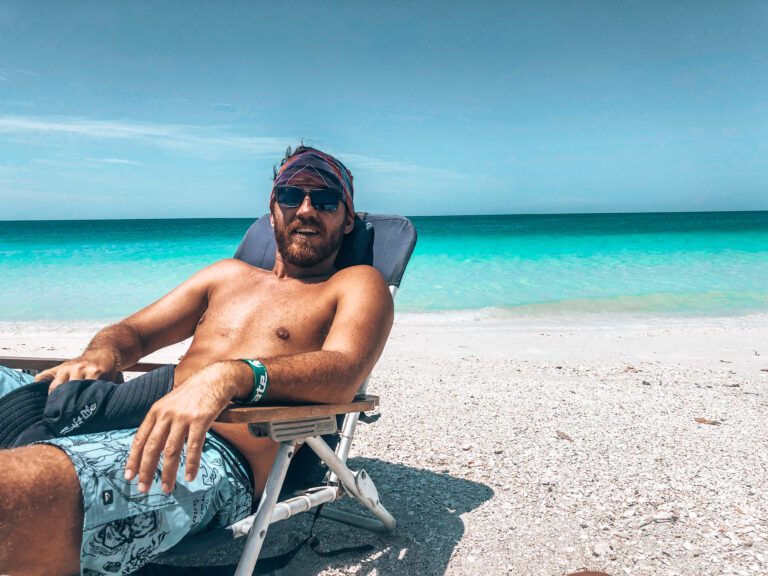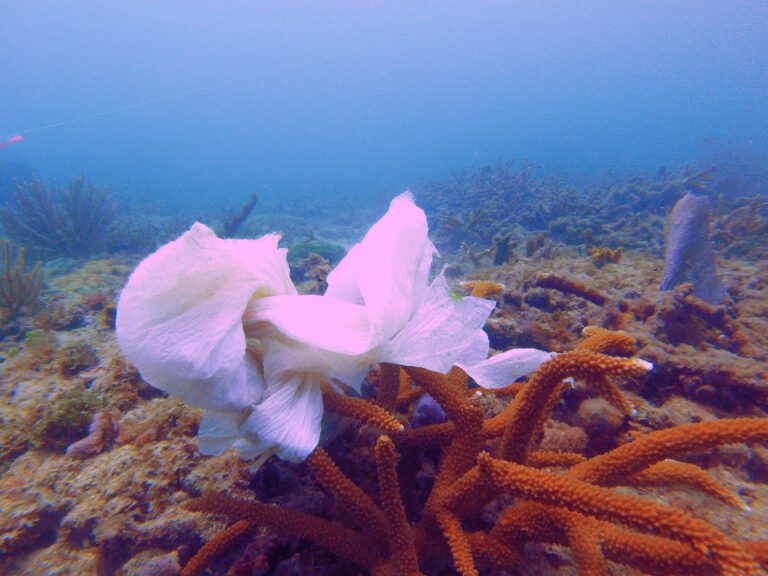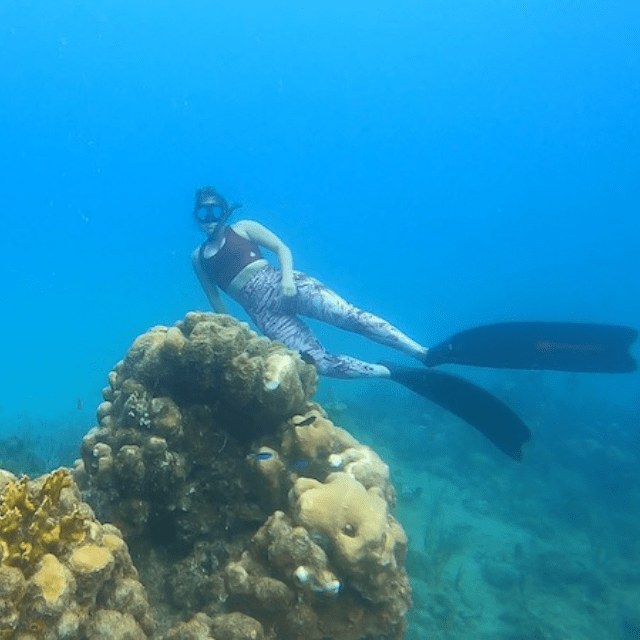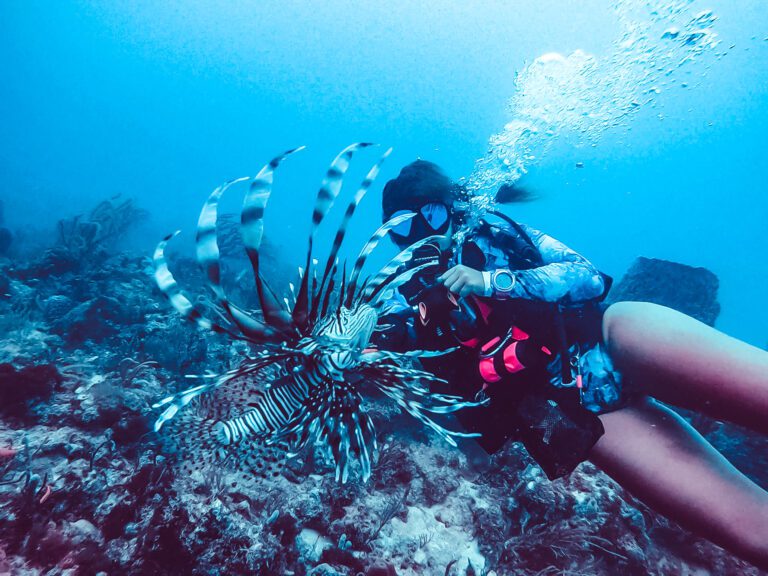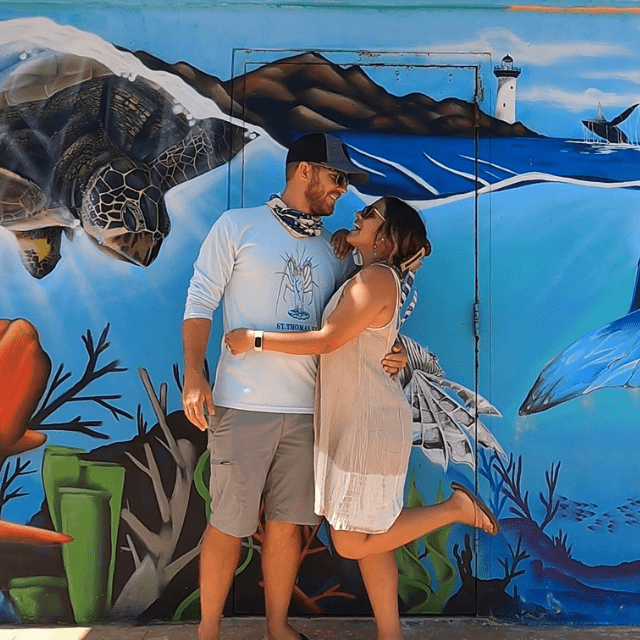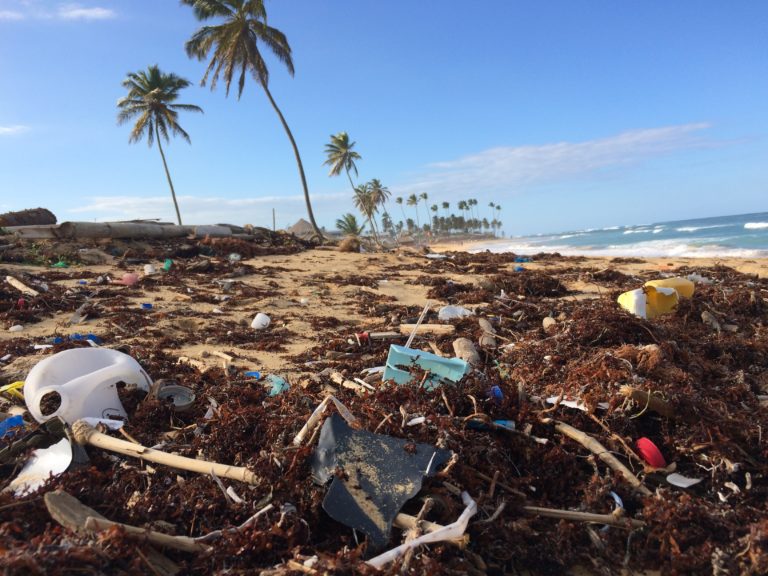14 Ways to be Eco-friendly at the Beach
What’s better than the perfect beach day: sun shining, cool breeze, calm blue water, laid back beach chair, and cold drink in hand? Doesn’t sound too bad, right? Well, how about an eco-friendly beach day?! You know, the kind that helps preserve the entire environment that we all love to enjoy! Like they always say, “Can’t have a perfect beach day without a beach!” Someone probably said that at some point, at least…
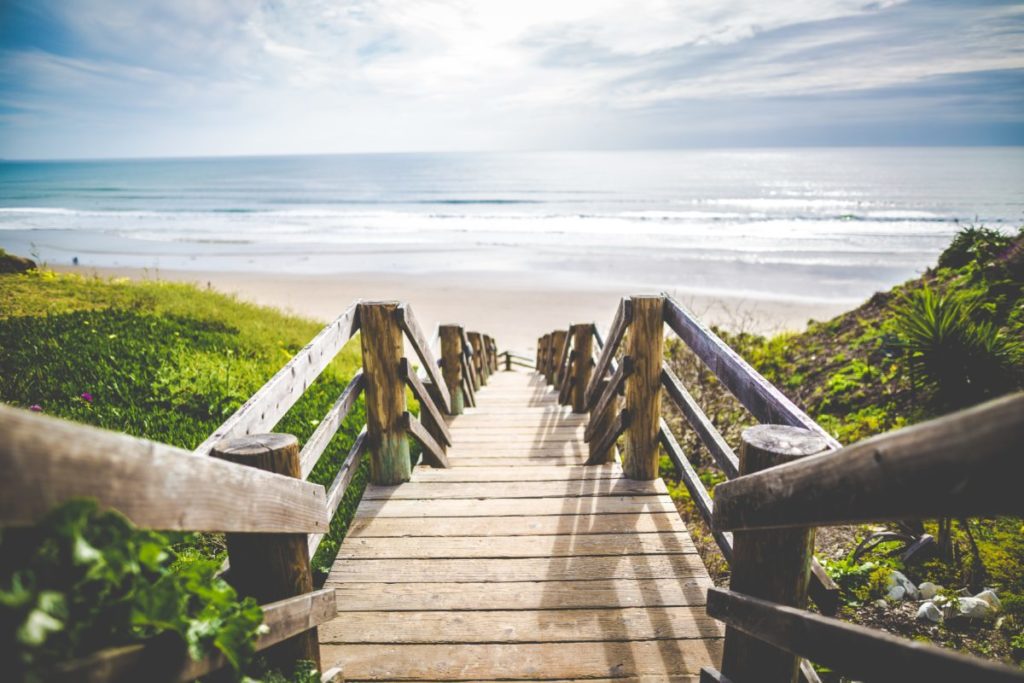
1. Clean up any trash on the beach or in the water
What’s worse than seeing a pile of trash wash up on shore?…..uuuum, can’t actually think of anything. The amount of trash that washes up on the beach can be overwhelming. However, if we all made a small effort and picked up a few pieces of litter, we truly could make the beach and the ocean a cleaner place.
PRO-TIP: We always bring a 5-gallon bucket whenever we go to the beach. Not only does it help when carrying our items there, we fill it up with all sorts of trash while at the beach to dispose of safely (i.e. glass). Also, we decorated ours with fun stickers to maybe inspire people around us to do the same!
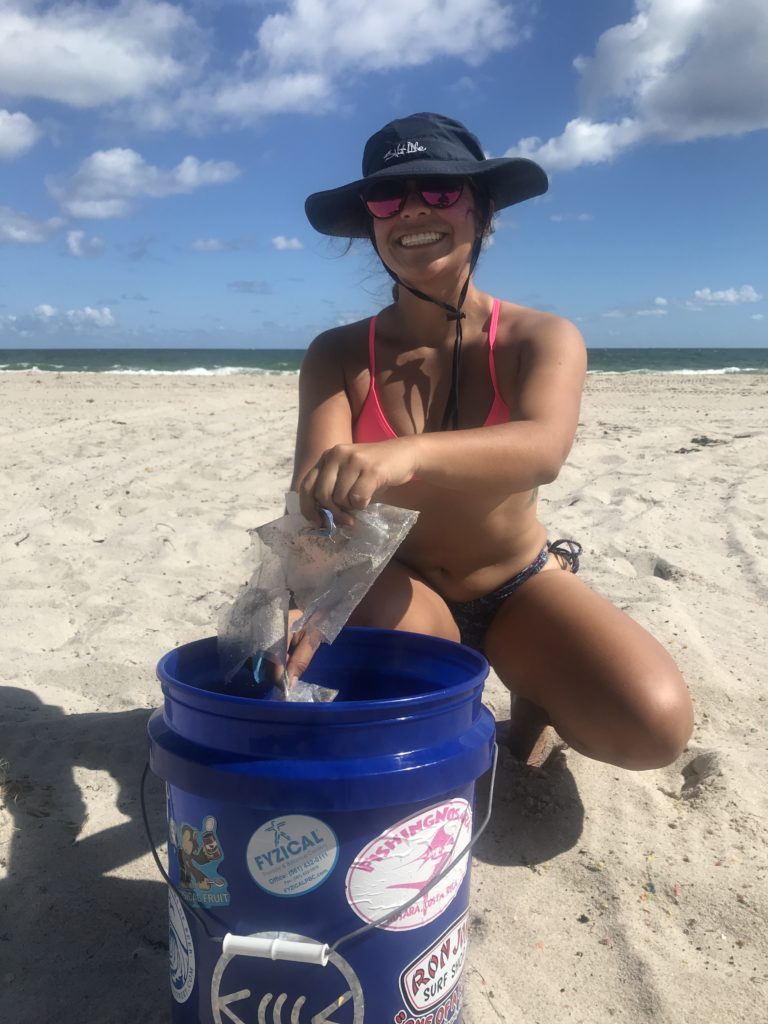
2. You can’t be eco-friendly at the beach if you don’t clean up YOUR trash
I feel like this should go without saying, but you NEVER know. PLEASE, DON’T FORGET YOUR TRASH. Even though we should strive to minimize our waste, we’re still all human and we all produce some waste. Just make sure you throw away what needs to be thrown away and you “Reduce, Reuse, and Recycle” what you can.
NOTE: this includes apple cores, banana peels, orange peels, and other organic waste. Animals in the area don’t naturally eat these things so it is not in their, or our, best interest to introduce it to them. For more on this topic, check out our tips to help marine life!
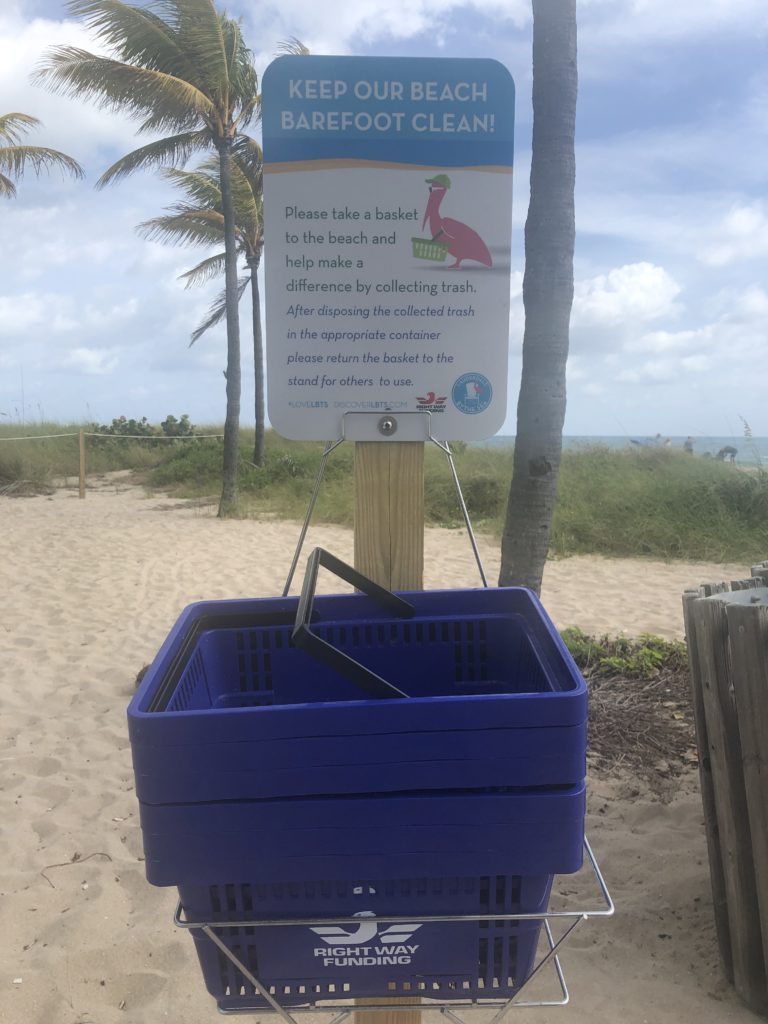
3. Bring your own eco-friendly water bottle or tumbler to the beach
Plastic water bottles and bottle caps ranked as the second and third most collected items on our beaches according to the Ocean Conservancy. They collected more than 1.5 million water bottles AND nearly 1 million bottle caps in over 100 different countries. That’s a lot of plastic!!
What’s a possible solution? Easy! Bring your own eco-friendly water bottle or tumbler!
Not only is this solution easy for you, it is also economical. Why would you buy single use plastic bottles over and over when you can buy a reusable water bottle or tumbler, ONCE? Besides, most public beaches, state parks, hotels, and airports provide clean, filtered water to refill your own bottles with. Save money AND help the environment? SIGN ME UP!
OUR RECOMMENDATION: our favorite bottles are from Hydro Flask. They work good, look good, and are environmentally friendly in their production and design!
Another great product we use at home every day is Silipint. They make silicone based glasses that are fun and work great!
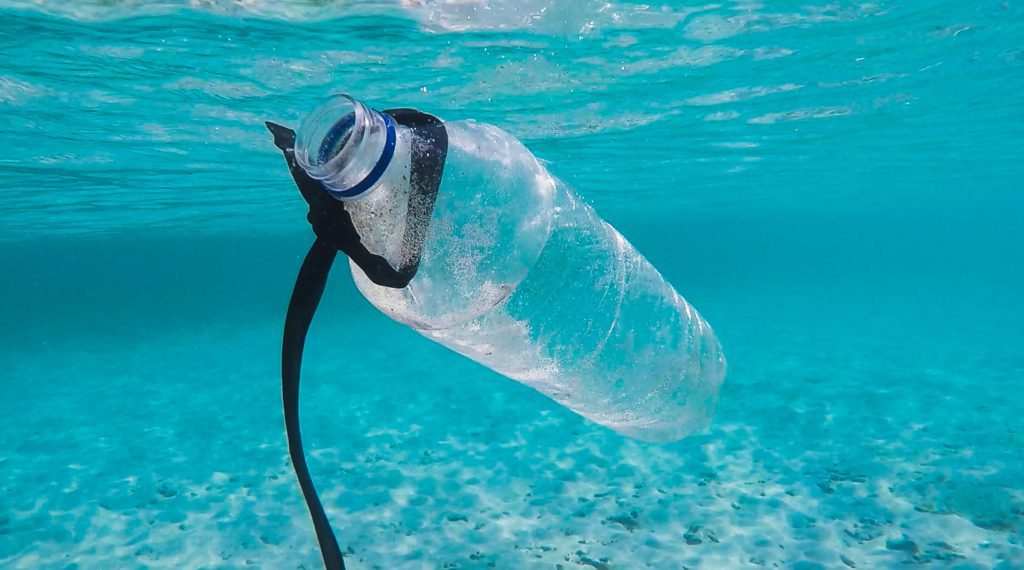
4. Ditch single-use plastic sandwich and snack bags
This one never even occurred to me until my lovely girlfriend, Laura, introduced me to the concept. I LOVE peanut butter and jelly sandwiches, especially on the beach. But I never realized how much plastic I was using with all those single-use bags. Not to mention the money I was wasting by buying so many of them (a box of the top brand certainly is not cheap).
Introduce: the reusable, plastic free sandwich and snack bags. These bad boys have been a saving grace and cost about just as much as a few boxes of the top brands in the store. They’ll end up paying for themselves!
Now you can enjoy your beach snacks with a piece of mind and a bigger wallet!
5. Did you mention snacks? As you stock up on food, be sure to reduce plastic use from the grocery store
Have you ever looked around a grocery store? There’s A LOT of single-use plastic floating around. Don’t feel overwhelmed, though. It’s easier to reduce your use than you think!
Start by bringing your own reusable grocery bags. For items that need to be refrigerated, don’t forget an insulated reusable bag. Both will help reduce grocery bag consumption, which rank 5th in Ocean Conservancy’s most collected items on the beach.
Also, as you may have noticed, the entire produce section is peppered with those small plastic bag rolls. A good way to avoid those are reusable mesh produce bags. They do a good job of holding, washing, and carrying all that produce in an eco-friendly way.
PRO-TIP: Don’t just stop at groceries, though. We use our reusable bags everywhere. Multi-purposing them as retail bags, picnic baskets, beach totes, tool storage, and more! Practical, economical, AND environmental. Woohoo!
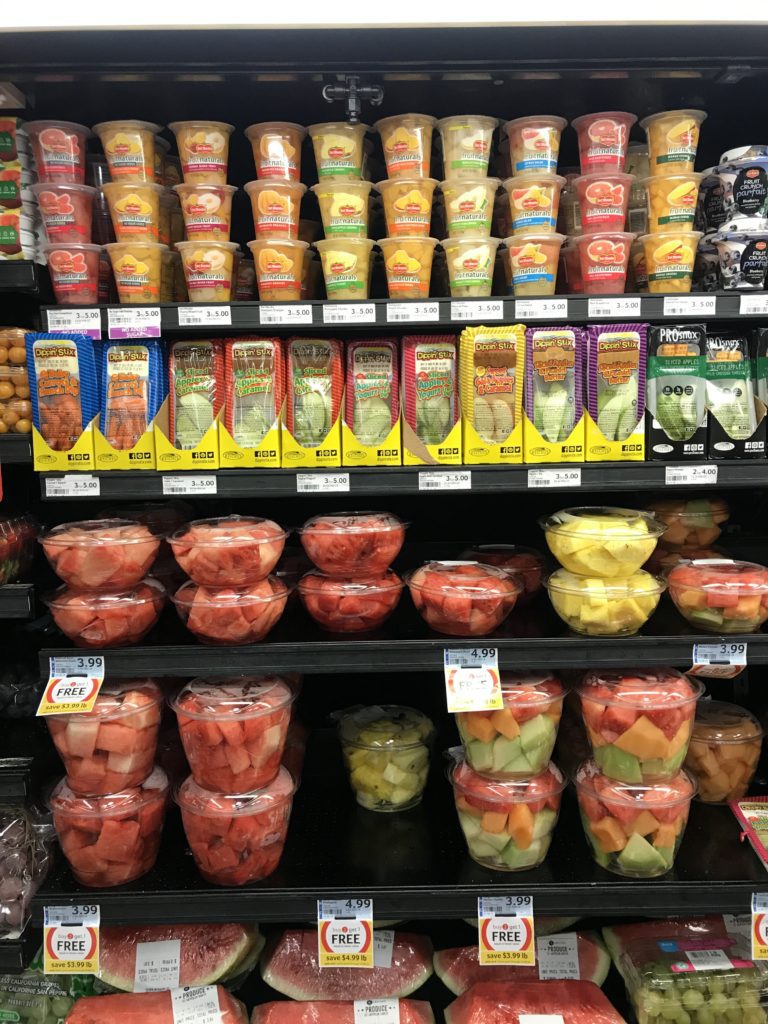
6. Shy away from plastic straws and silverware and use eco-friendly alternatives
Could I really make this list without including this one? C’mon now!
Although, you do need to be careful about what material your reusable items are made from. Believe it or not, one of the most sustainable materials in the world is raw bamboo! As the fastest growing plant in the world, bamboo can be used for much more than a panda’s favorite snack!
Get your set of bamboo cutlery and straws in a neat travel packet today! You can even share a set with your friends and family as a gift!
7. Recycle the cans and glass bottles that you do use
For many, a beach day isn’t complete without a cold beverage. Whether it be soda, beer, or wine, it can be difficult to get these goods NOT in a single-use container.
Just keep in mind: use glass or aluminum before plastic, and always recycle when possible. Most beaches and parks provide recycle bins to do just that. I would probably make sure your beach ALLOWS your beverage of choice first, though.
OUR RECOMMENDATION: Recently I realized how to drink beer in a more eco-friendly way on the beach (never thought I’d be writing that sentence): growlers! Most local breweries fill them for a reasonable cost, as long as you keep them smelling clean. Some companies can even personalize your own growler for cheap. Again, economical and environmental. I think we’re on to something here…
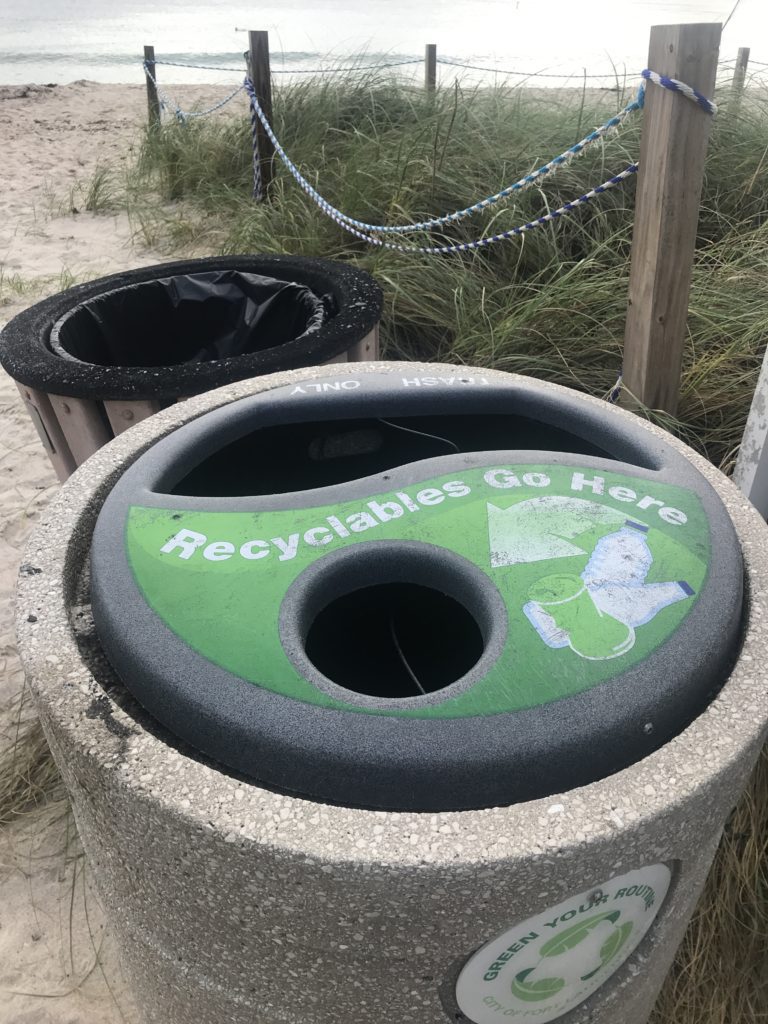
8. Don’t buy plastic beach toys; collect and reuse ones you find
Believe it or not, kids are quite forgetful and rather careless (except for your kids, of course). As kid’s attentions turn elsewhere, beach toys get pulled out to sea as the tides change or wave action increases. Unfortunately, the fun sand castle bucket from Walmart is now terrorizing a helpless family of sea turtles. That’s not good!
I get it, you don’t exactly stumble upon a nice, neatly packed bag of beach toys for your kids every day. So how about this: over the days, weeks, or months, you collect the few that you do find. Again, it’s not only economical for you, but it also helps the environment.
Personally, we have a nice collection for my nieces and nephew when they visit on vacation. Or you can take the route of Free Our Seas and make some pretty cool art!
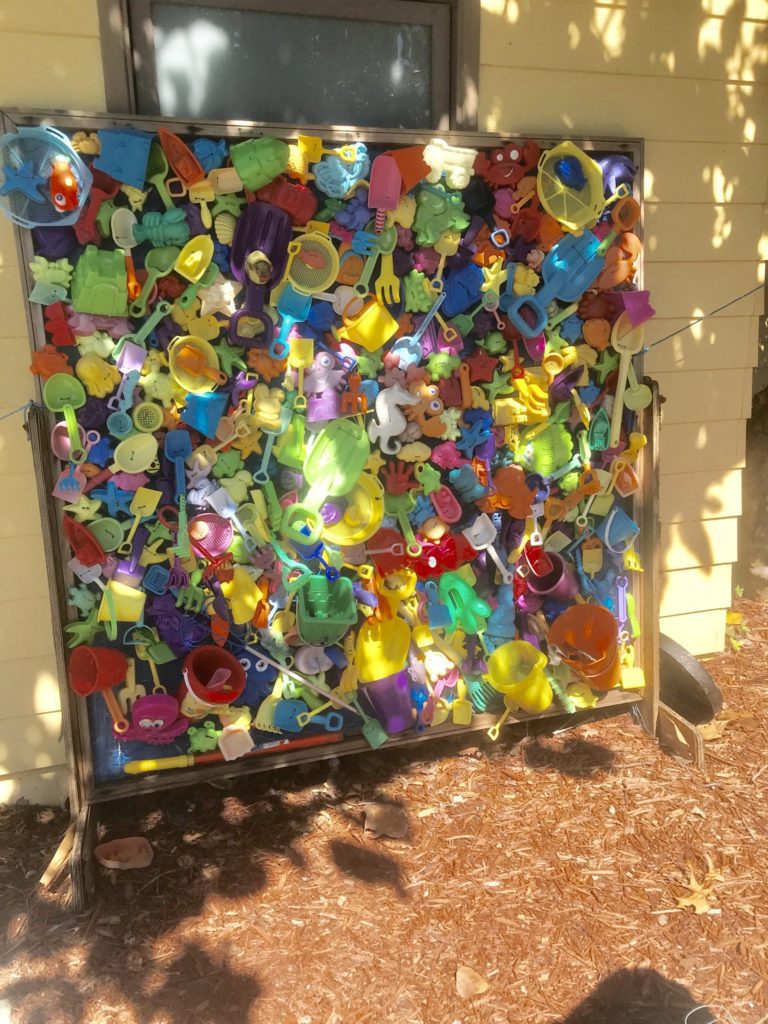
9. Speaking of sand castles and sea turtles…
Sea turtle nesting season in South Florida occurs between March and October. During this time, sea turtles come ashore to lay their eggs. Once hatched, the hatchlings make a mad dash for the ocean to begin their journey, if unimpeded. What could possibly impede a sea turtle’s path to the ocean? Sand castles and holes, of course.
The Loggerhead Marinelife Center explains how hatchlings are often found in holes, thus significantly decreasing their chances for survival. Even worse, an adult female could completely flip over inside a hole making her incapable of escaping.
What’s the solution? First of all, who DOESN’T love making the biggest fortress or digging the deepest possible hole in the sand? Of course, we ALL do (at least my inner-child secretly does)! However, to be eco-friendly at the beach, you should fill in your holes and knock down your sand castles when you leave for the day! The local sea turtle will appreciate the favor!
NOTE: Want to do more? Check out how you can help save sea turtles!
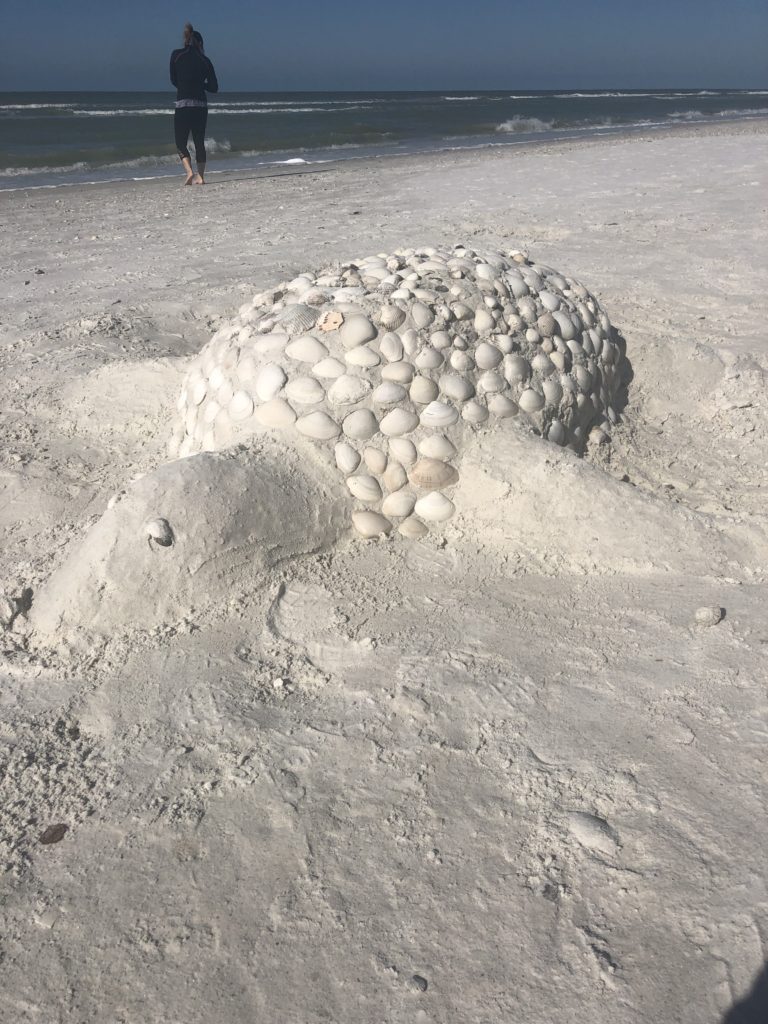
10. Use coral reef safe sunscreen
No beach day is complete without copious amounts of SUNSCREEN! (Unless you want to look like a lobster, that is). What most people don’t know is many popular sunscreen brands use chemicals that are harmful for coral reef health.
Thankfully, brands have been popping up to combat this issue. Stream2Sea makes the best reef safe sunscreen we’ve used for an affordable price. Other brands are out there but Stream2Sea seems to give you the best bang for your buck. Keep your skin AND our coral reefs safe!
Save on all Stream2Sea Products!
Use the coupon code “oceanwide” at Stream2Sea to save 10% on your purchase!
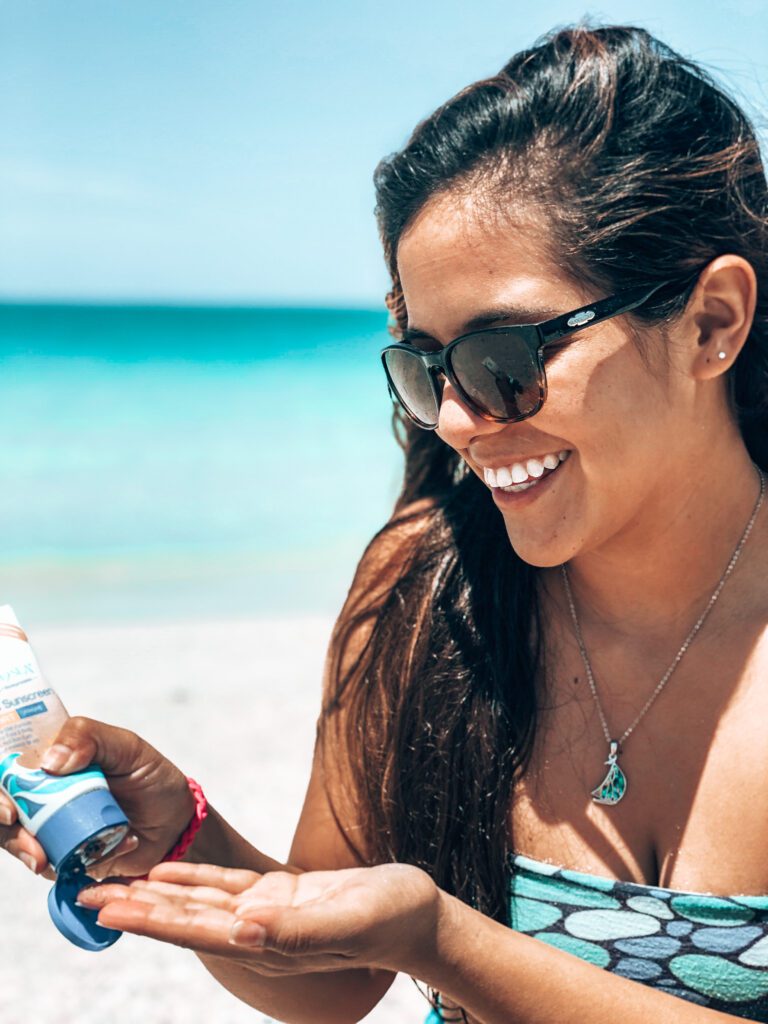
11. The sand is NOT an ash tray!
Cigarette butts were Ocean Conservancy’s #1 piece of trash picked up from the coast with almost TWO MILLION butts being recovered. That’s A LOT of cigarettes.
Personally, we don’t smoke so we can’t speak from experience. But if you do, just remember, the sand is NOT an ash tray. Here’s a reusable, portable cigarette disposal kit to bring to the beach to ensure cigarette ashes AND butts don’t end up in our oceans.
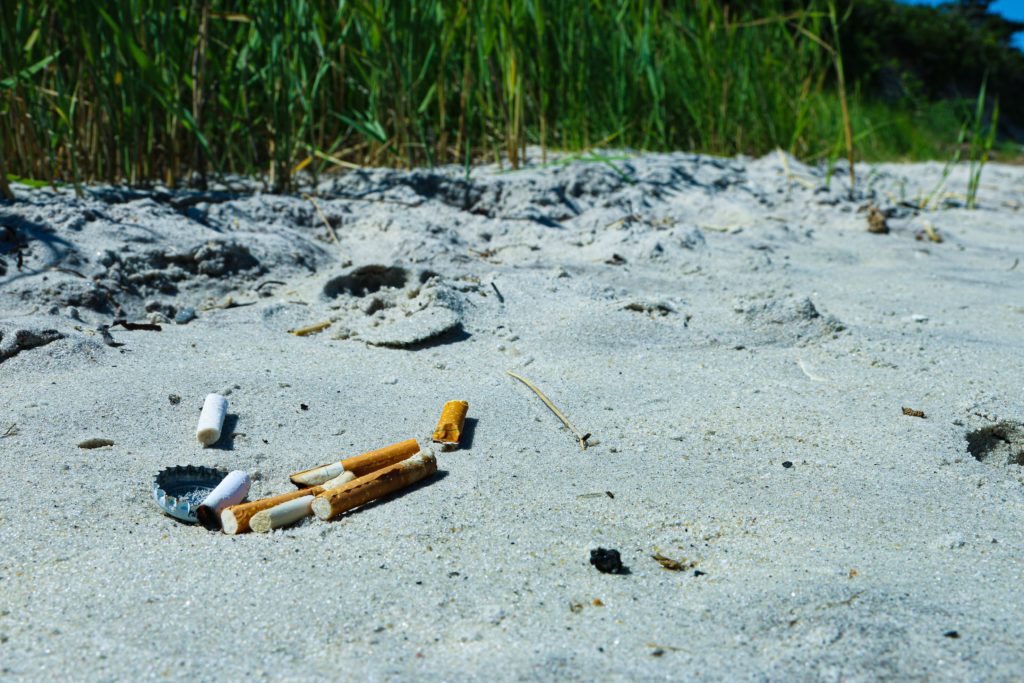
12. Casting a line? Recycle your fishing gear properly!
A study conducted by The Ocean Cleanup found that 46% of the Great Pacific Garbage Patch, a trash accumulation the size of Texas in the Pacific Ocean, was fishing gear. That’s insane!
What’s a possible solution? Well, we can start by properly recycling fishing gear. Most ocean communities have been adding designated fishing line recycling bins on piers, docks, and beaches. Also, lead weights on your lines can be collected and sold for their market price. Again, economical and environmental (I think I’m sensing a theme).
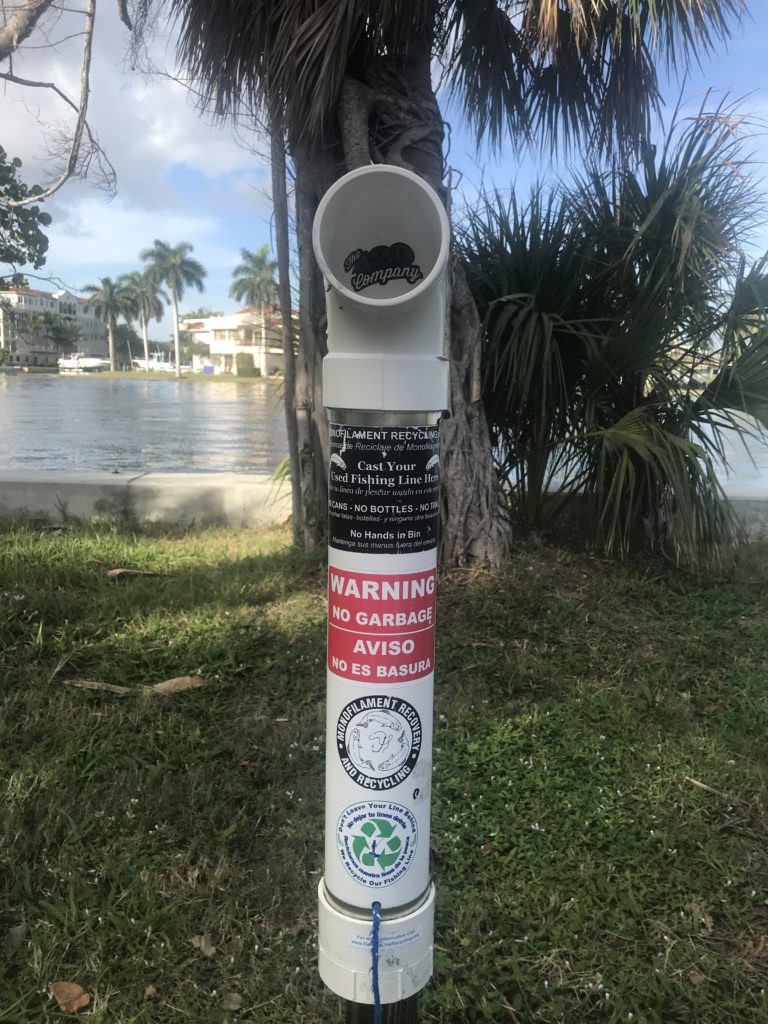
13. Now that you mentioned fish, check to see if your seafood is sustainable!
What happens after a beach day? Naturally, you eat a freshly caught fish (or so you think) sandwich at the local tiki bar! There’s one question you should be asking yourself though: is my seafood sustainable?
VERY simply put, sustainable seafood has to deal with how the fish is caught (or farmed) and how that affects the environment at large. It’s a complicated, but important, topic that we are going to discuss in a future blog post.
Ultimately, if we eat unsustainable seafood, we are supporting fishing practices that may have detrimental impacts on delicate ocean ecosystems. But fear not, much of the seafood we all know and love has great sustainability and can be enjoyed with little or no impact to the environment.
For a quick reference, Seafood Watch has a great tool to find out if the seafood you’re eating is sustainable for your region!
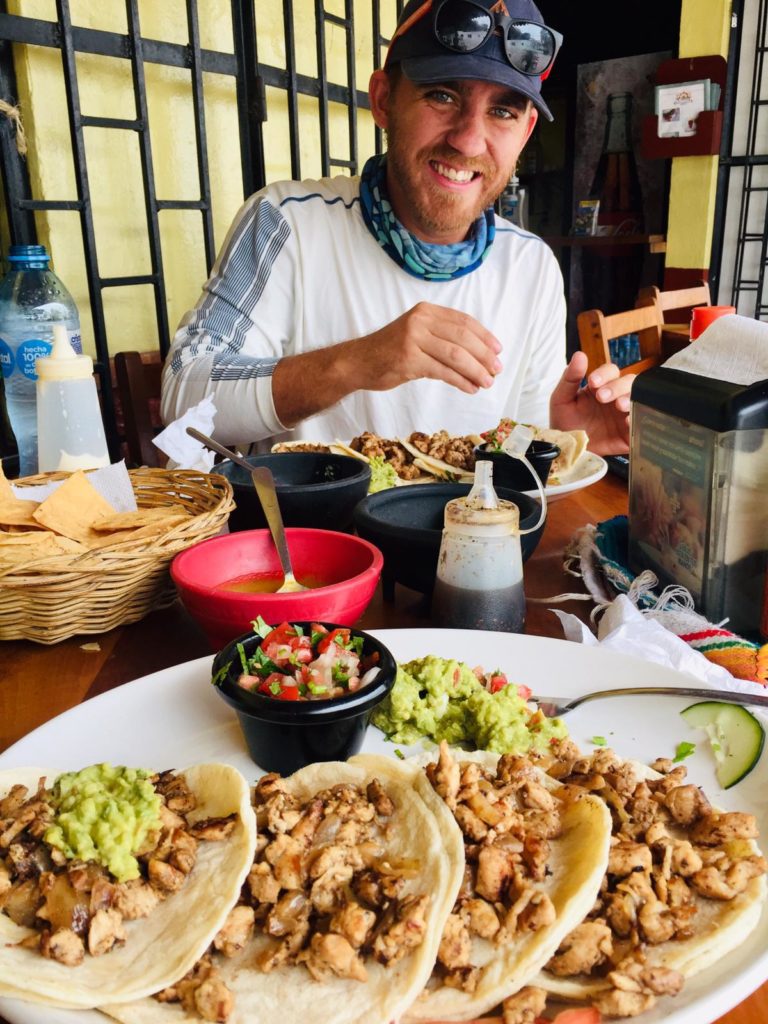
14. If all else fails, Leave No Trace.
If you choose to ignore all of our other advice, the least you can do is follow the old saying “Take Only Pictures, Leave Only Footprints” as promoted by the Leave No Trace Principles
Ultimately, if we were all to follow this rule, we’d leave the beach a little better than when we arrived. And who knows? It might just give our oceans a fighting chance.
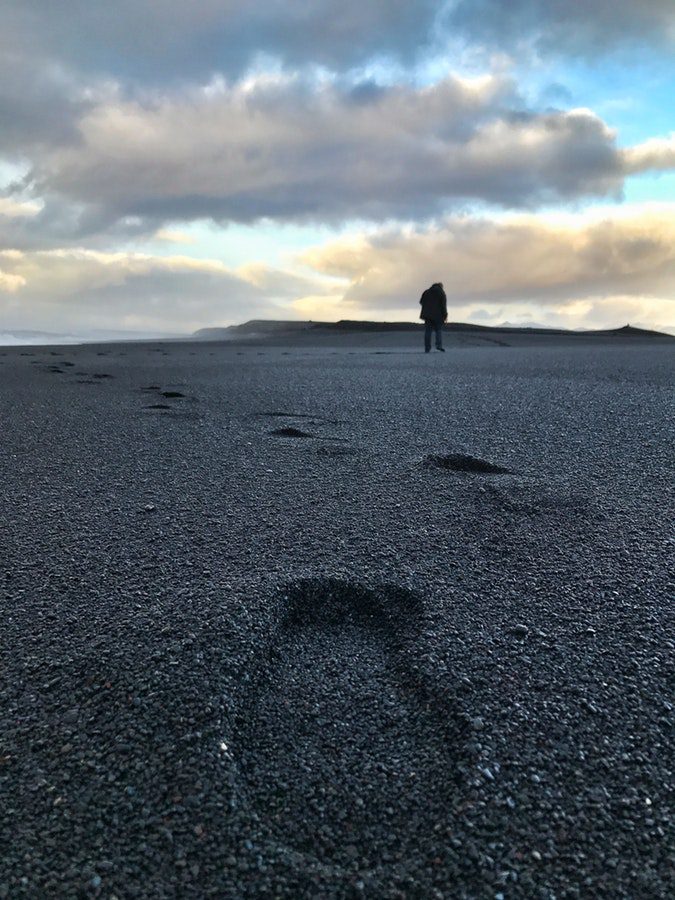
What do you do to have an eco-friendly beach day?
We want to hear from you! What ways do you help to make your beach day more eco-friendly? Should we add anything to our list? Let us know! Contact us or leave a comment below!
Enjoy this Post? Pin it!
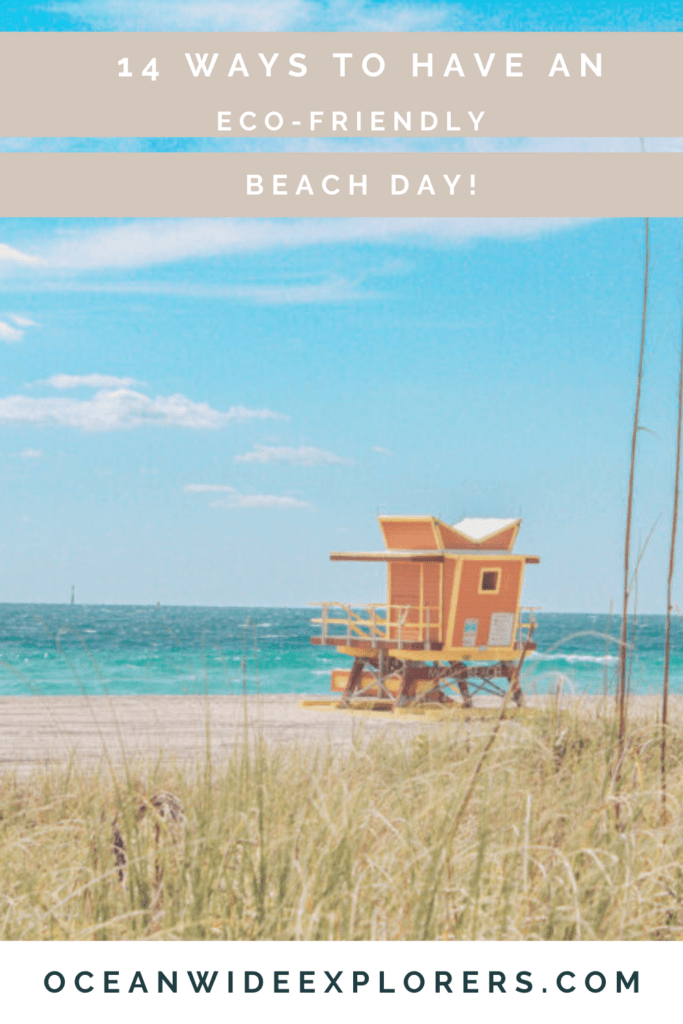
Read More About Ocean Conservation Efforts
We hope you enjoyed our post on how to have an eco-friendly beach day. Hopefully you’ll find it useful on your next adventure! Here are a few more ocean-loving articles we think you should read next:
- 10 Alternatives to Single Use Plastic
- How to Help Save Sea Turtles: 16 Do’s and Don’ts
- 11 Reasons to Dive in Fort Lauderdale
- Leave No Trace at the Beach
Have any other suggestions on how to have an eco-friendly beach day? Leave a comment below and let us know!

